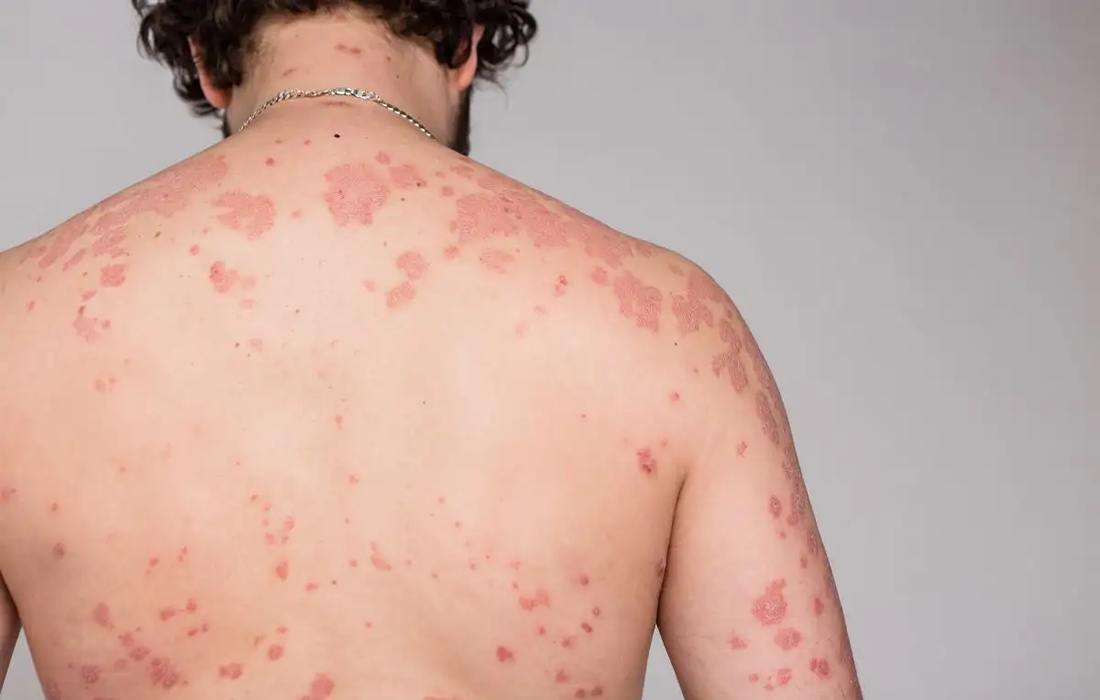Regenerative Medicine News and General Information
Possible New Target of Psoriasis Treatment
Psoriasis is a complex, chronic, multifactorial, inflammatory disease that involves hyperproliferation of the keratinocytes in the epidermis, with an increase in the epidermal cell turnover rate, and infiltrating immune cells that leads to secretion of various cytokines and chemokines including IL-17, IL-21, IL-22, IL-6, IL-1β, TNFα and CXCL1/3/5, which initiate a pro-inflammatory systemic response. Environmental, genetic, and immunologic factors appear to play a role.
The disease most commonly manifests on the skin of the elbows, knees, scalp, lumbosacral areas, intergluteal clefts, and glans penis.
In 30% to 40% of patients with psoriasis (Ps), the disease is complicated by psoriatic arthritis (PsA). In 75% of these cases, skin involvement precedes joint inflammation, usually with a gap of 5–10 years between the appearance of psoriatic plaques and the first signs of arthritis.
Early PsA diagnosis and intervention are critical to avoid joint damage that leads to impaired physical function, fatigue, depression and poor quality of life. The most common therapies for psoriatic disease target several cytokines such as TNFα, IL-12/23- and IL-17A, with usually better efficacy on the skin than on the joint manifestations.
However, individuals can also be genetically predisposed to developing Ps. S100A9 activation in skin and immune cells has been identified as a risk factor for the development of Ps and/or PsA. During skin inflammation, the main S100A9 expressing cells are keratinocytes, neutrophils and macrophages. S100A9 accounts for up to 40% of cytosolic proteins in neutrophils, acts intracellularly by modulating the cytoskeleton, and extracellularly by recruiting other immune cells to inflammation sites and upregulating pro-inflammatory cytokines.
New study shows other possible treatment target
The study conducted by the research group led by Erwin Wagner (Department of Dermatology and Department of Laboratory Medicine, MedUni Vienna) focused on the S100A9 gene, which has long been at the center of its internationally acclaimed scientific research into psoriasis. The team has discovered that the severity of psoriasis (Ps) and psoriatic arthritis (PsA) can be reduced by inhibiting S100A9 systematically throughout the whole body rather than locally on the skin.
The mice models with psoriasis and arthritic psoriasis-like disease, reduce the skin lesion by an 18% on the mice with the deleted gene of S100A9 and a reduction of cytokines levels and recruit macrophages in the biopsies. And those with none deletion , show elevated cytokines levels of IL-17A, IL-6 and TNFα.
With these findings, we now know that the inflammatory responses in psoriasis and psoriatic arthritis are enhanced when S100A9 is only inhibited in skin cells. Therefore drugs inhibiting S100A9 have to be administered systemically in the form of tablets or drips.
SOURCE:
Liliana F Mellor, Nuria Gago-Lopez, Latifa Bakiri, Felix N Schmidt, Björn Busse, Simon Rauber, Maria Jimenez, Diego Megías, Sergio Oterino-Soto, Ricardo Sanchez-Prieto, Sergei Grivennikov, Xinzhu Pu, Julia Oxford, Andreas Ramming, Georg Schett, Erwin F Wagner, (2022) Keratinocyte-derived S100A9 modulates neutrophil infiltration and affects psoriasis-like skin and joint disease. Annals of Rheumatic Diseases. Retrieved from: https://ard.bmj.com/content/early/2022/07/20/annrheumdis-2022-222229#F1
IMAGE:

